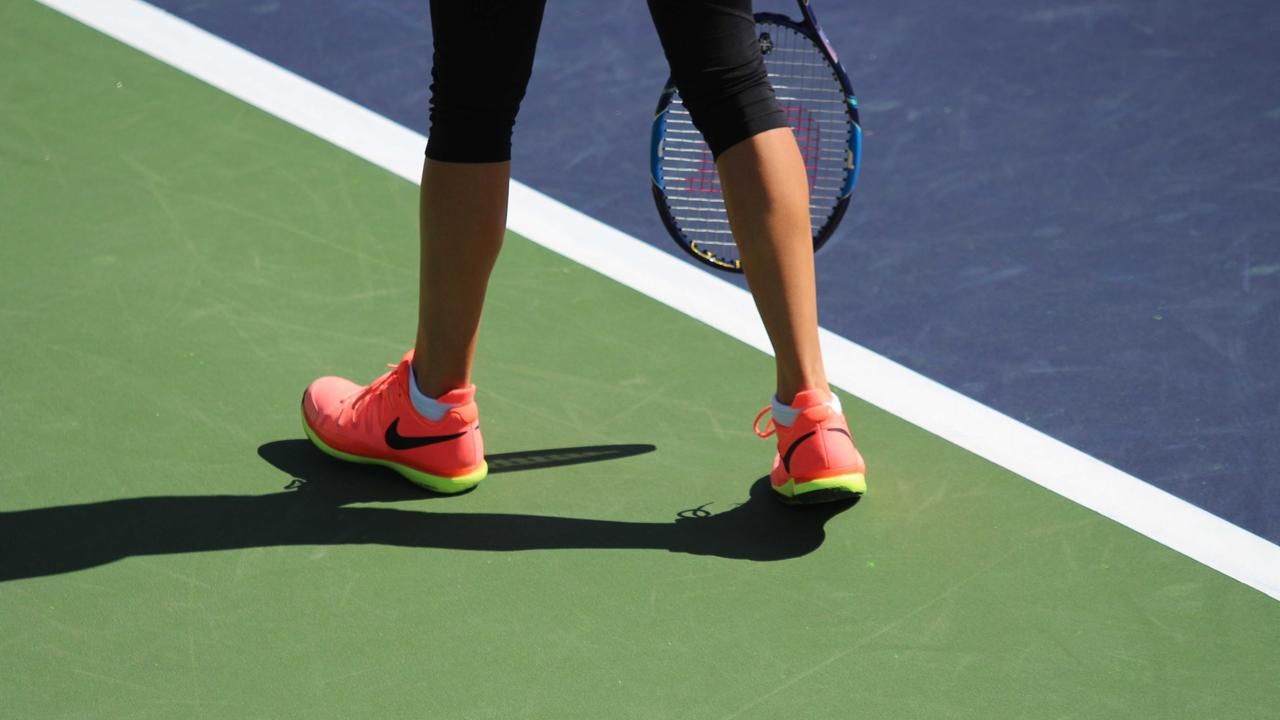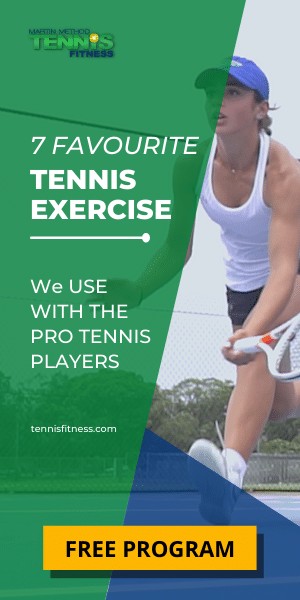Tennis Equipment - Tips For Choosing Tennis Shoes (part two)
Nov 12, 2013
Tips For Choosing Tennis Shoes (part two)
If you need to be specific about footwear or you are injured/trying to prevent any tennis injury, it is always recommended to seek professional advice from your local Podiatrist before attempting to purchase your new tennis shoes. This can prevent wasted money, frustration, and unnecessary travel to and from the shoe store. However, there are some general pieces of advice or rules you may follow if you have no problems. These are simple:
1) Ensure the shoe has a firm heel counter. This is the bit at the back of the shoe where your heel sits. The top of it can be cushioned and soft but the part that connects to the shoe should be firm enough that you can't push it or bend it. It should be made of a firm plastic.
2) If you are running/walking only ensure the shoe bends at the toe level of the shoe. To do this pick the shoe up and bend it in your hands. It should bend where your toes bend. Also, try to bend it in the middle – walking/running shoes should not bend through the midsection, if you can fold a shoe in half – don’t purchase it! The only exception to this rule is tennis/court shoes. They can have some more flex through the midsection of the shoe and are generally stiffer at the toe section. This is to accommodate the specific mechanics of your foot during those sports and is acceptable.
3) Twist the shoe – shoes should have minimal torsion through them – they should feel stable and solid when moving them around in your hands. Don’t be afraid to use some force when testing them – you won’t break them – keep in mind they have to take 3-5 times your body weight so they should be very strong!
4) Heel lift – it's always best to ensure the shoe has a slightly higher heel than at the front of the shoe. In most shoes a 10-12mm increase is normal. There is some data emerging about lower heel or segment heights and some companies have reduced their heel heights to 6mm. Personally, at this point I do not see the need for this however as research improves in this area so might our recommendations.
5) Shoes should always have some form of fastening device – laces or velcro doesn’t make any difference. This holds the shoe firmly to the foot preventing slip and abnormal movement. Elastic laces are suitable in some cases – for example, triathletes who use them to improve speed during transitions, however for the general athletic population these are not recommended. Some recommended shoes are:
Walking:
Brooks Addiction
Brooks Synergy
Running:
ASICS GT 2000
Brooks Vapor
Brooks Trance
Brooks Ravenna
Mizuno Wave Alchemy
Mizuno Wave Nexus
Tennis:
ASICS Gel-Resolution
Adidas Adipower Barricade
Adidas Adizero Feather
Author – Paul Bowls Podiatrist
How To Choose Tennis Shoes part 1 - go here
Before purchasing any tennis shoes, tennis training equipment, etc we always recommend you ask for advice from your tennis coach or tennis conditioner.


